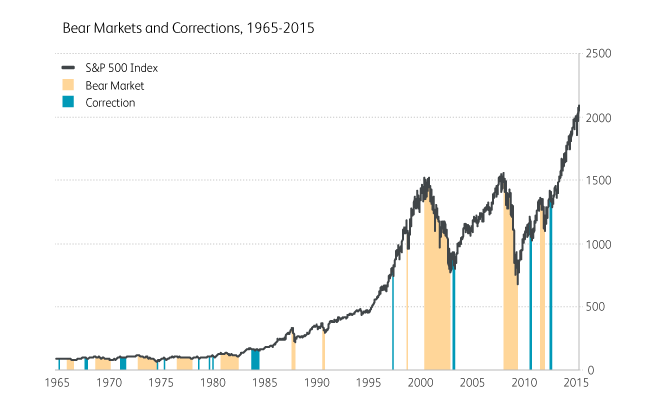You Can’t Get Access to the Best Alternative Assets Wealthfront
Post on: 16 Март, 2015 No Comment

O ne of the services most frequently touted by private wealth managers is their ability to provide access to outstanding alternative assets like hedge funds. Unfortunately very few private wealth managers have access to the hedge funds that are worth the fees. Of course, that won’t stop them from promising you the best and delivering poor alternatives. That’s why David Swensen, Yale’s Chief Investment Officer and the man most identified with employing alternative assets, essentially says in the introduction to his groundbreaking book Pioneering Portfolio Management. that if you can access premier alternative assets like hedge funds, you should, but it’s highly unlikely that you can, so you shouldnt.
Understanding Risk and Reward
As we have explained many times in this blog, returns tend to be correlated with risk. Higher returns usually can only be achieved by taking on more risk. The chart below illustrates this point well. It displays the dispersion from the mean return for each asset class over the 10 years ended December 31, 2013.
Data Source: Cambridge Associates; Marketable asset classes 10 years ending 12/31/2013, Illiquid asset classes Average vintage years 1994-2010
The asset classes have been laid out such that the least risky asset classes are on the far left and the most risky on the far right. You will notice the variance of returns within each asset class increases as the risk increases. Another way to think about this is manager selection makes very little difference at the low end of the risk scale (the left side of the graph), but makes a big difference at the high end.
Persistence among the top performers also increases as you move from left to right. A common characteristic of the best performing managers is their desire to limit the amount of money they manage. The less successful managers are willing to take as much capital as they are offered. There is a very good economic justification for this behavior. The best managers of alternative assets are paid a management fee equal to 1% to 2% of the assets they manage and 20% of the profits. If you are confident in your ability to generate outstanding returns (which are typically predicated on limiting the amount of money you manage) then you can earn far more on your percentage of profits than management fee. If youre not confident in your ability to generate great returns then you want to maximize your capital under management to maximize your management fees. Not surprisingly the best managers on the right side are heavily oversubscribed which allows them to be very choosy as to which investors they wish to take. Therefore access is of critical importance.
Not All Investors Are Equally Attractive

As a founding partner of one of the leading venture capital firms, Benchmark Capital, I can tell you we were very selective regarding whom we would accept. University endowments are typically viewed as the ideal investor because of their sophistication and very long-term investment horizon. The worst possible clients were individual investors, typically aggregated by private wealth managers. Individuals are viewed poorly because they typically have the shortest time horizon and are inappropriately spooked by short-term negative results (i.e. they attempt to time the market).
I hope you see where I’m going. The only alternative asset managers who would accept money from private wealth management firms are typically the poor performers or the desperate. I think Groucho Marx captured the appropriate perspective for an individual investor reviewing alternative assets when he famously said “I would never join a club that would have me as a member.”
Wealthfront Has Superior Risk-Adjusted Returns Compared to Hedge Funds
To illustrate how poor the typical results for hedge funds are, let’s compare the average hedge fund risk-adjusted return over the past 10 years with the average Wealthfront portfolio risk-adjusted return. To evaluate the average hedge fund, we’ll use the Hedge Fund Research Index (HFRI). The HFRI offers the average return by month for over 2,000 self-reported hedge funds. For Wealthfront we’ll use the returns for our most common risk-level portfolio (7 on a scale of 0 to 10). To calculate risk-adjusted returns we’ll use the Sharpe Ratio. the industry standard metric for such comparisons. The Sharpe Ratio was first proposed by Bill Sharpe, the co-recipient of the 1990 Nobel Prize in economics for Modern Portfolio Theory. It is calculated as follows:














